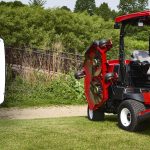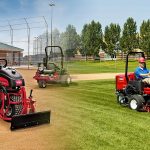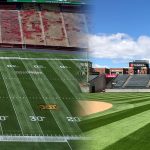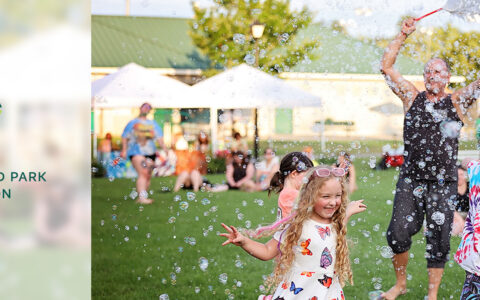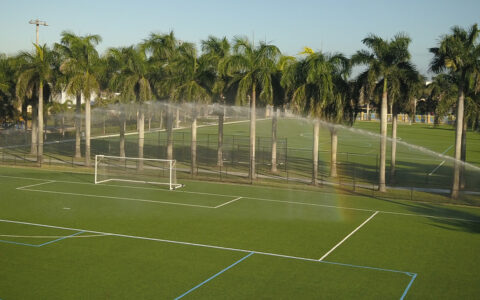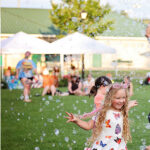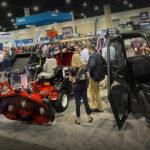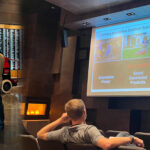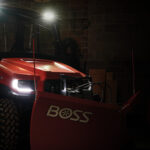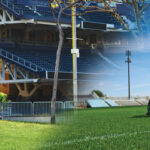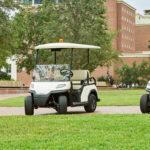Research at universities across the country can have a big impact on turf management practices. This month, we’ll take a look at the work being done at Michigan State University’s Department of Plant, Soil and Microbial Sciences and how it benefits the turf industry.
Professor John “Trey” Rogers, Ph.D., is one of eight researchers at Michigan State University (MSU). Although his current work is on establishing turfgrass for golf course construction and renovation, he has done a lot sports turf research as well. In fact, from 1992 to 2008, Rogers’ research focused on growing grass under reduced light and in dome stadiums.
Part of that research included working with the Pontiac Silverdome, in Pontiac, Michigan, to establish a portable field of live turfgrass that could be moved inside the stadium for play. The facility would soon become the first indoor stadium to host a World Cup soccer match.
MSU developed the turf system in a 6,000-ft. dome on the university’s research farm, working to find the perfect soil mixture that would offer the right mix of drainage and strength. At the same time, a factory near the Silverdome worked on producing a system of modular containers for the soil mixture and grass that would be used to assemble the field.
The portable field design was first put to the test at the 1993 U.S. Cup, then was used at the World Cup a year later. A company was then formed to commercialize the technology, and that company has since built fields for projects including Giants Stadium in New Jersey and the tennis courts at Wimbledon.
MSU’s expertise was also used at the 2004 Olympic Games in Athens, Greece, and the 2008 Olympic Games in Beijing, China. Both events needed to hold opening ceremonies in their Olympic stadiums, then move portable fields into the same facility for play less than 36 hours later. MSU research helped them do that, and it continues to influence indoor sports turf today with published light levels, as well as recommendations for growth regulators in shade conditions and best practices for fungicides.
These are just a few examples of the many ways the turf industry is benefiting from MSU research. Currently, Rogers is exploring golf course renovations. “We’re at a point right now where we’re not building a lot of new golf courses, but we’re renovating what we have,” Rogers says. “There’s not a lot of information out there about how to renovate or how to establish or re-establish grasses.”
For the past four years, Rogers and his team have been working to answer turf renovation questions like: What are the important factors for re-establishing turfgrass? How important is fertility? What role does brushing play? What role does mowing height play in regrowing this grass? By answering these questions, the MSU team hopes to help golf course superintendents and other facilities minimize the number of days they need to close for turf renovations.
“I think a researcher’s job is to try to look ahead and see what kind of problems are coming down the road,” Rogers adds. “Renovations haven’t reached their apex yet. We’re going to continue to see a lot of renovation in the next five years, so it was important to be able to recognize that this was coming and start working on providing information for our end users.”
As for the future, Rogers sees GPS technology as a big research opportunity, for example, on riderless mowers or sprayers. He also sees a lot of potential for developing a new system of grasses. And the work MSU is doing on renovations right now can help establish those grasses in the long term. “The way we establish those grasses will never change,” Rogers says. “We just need to know the minimum requirements to get it established.”
For more information about MSU’s portable indoor sports turf research, read the article here. You can also visit the Michigan State University Department of Plant, Soil and Microbial Sciences website for more information here.






